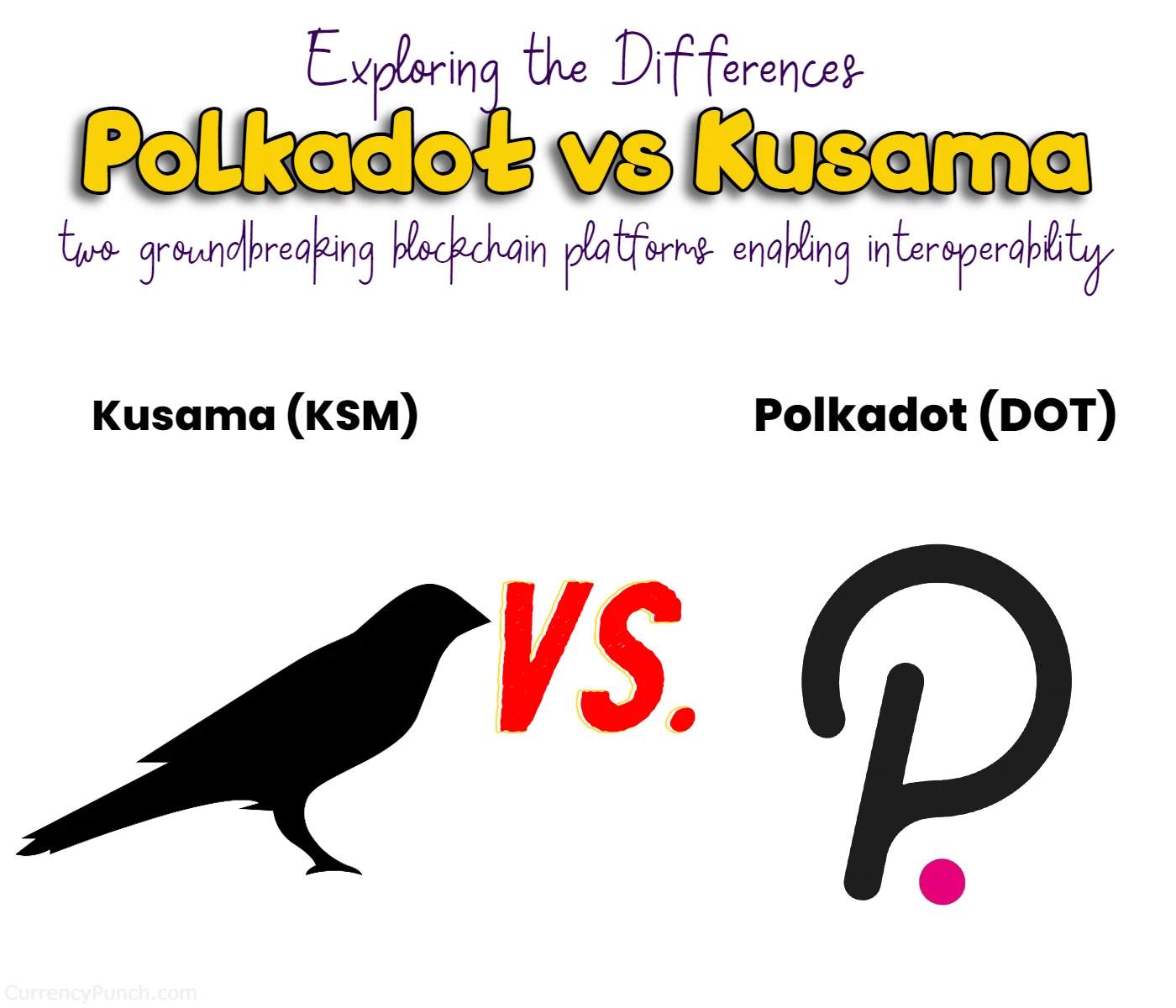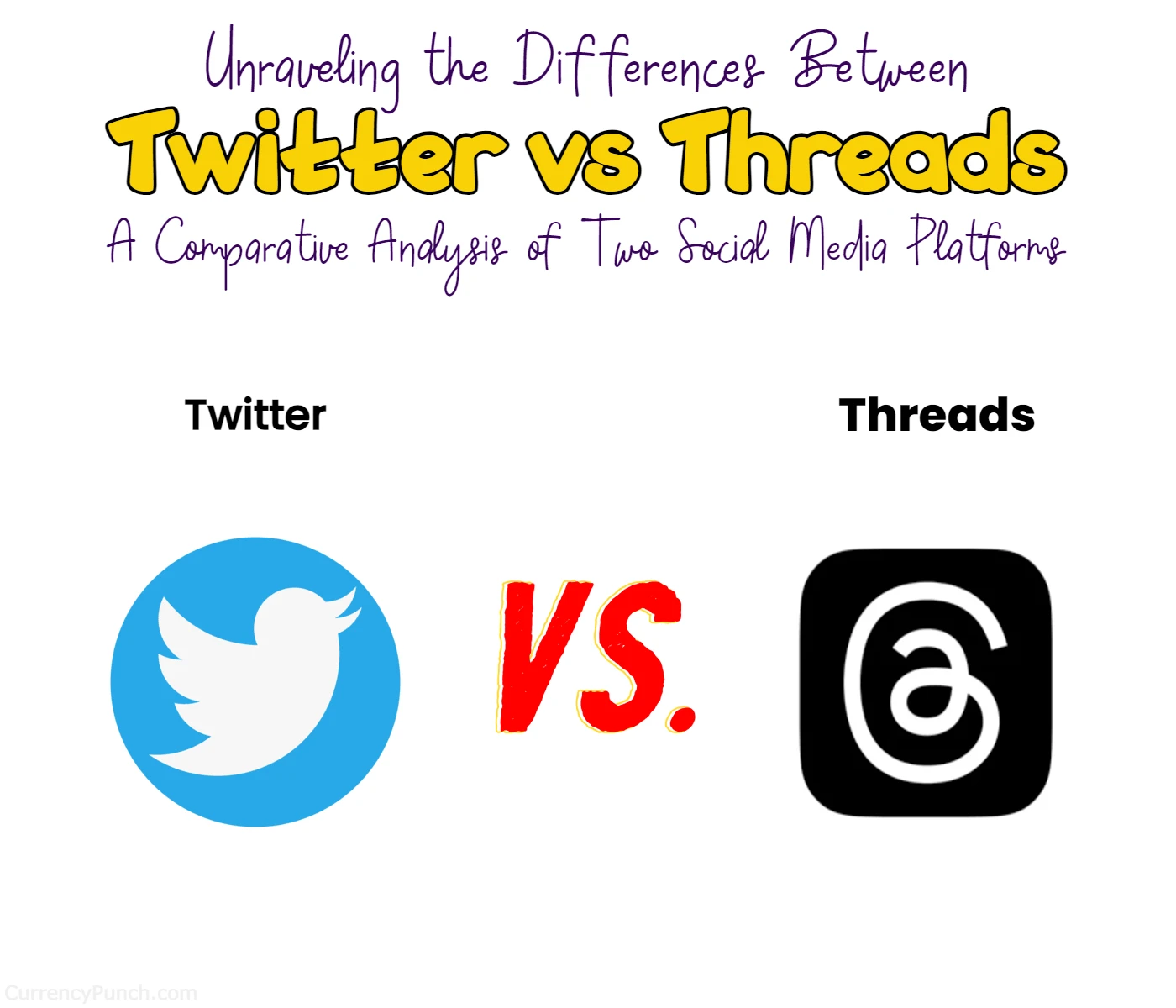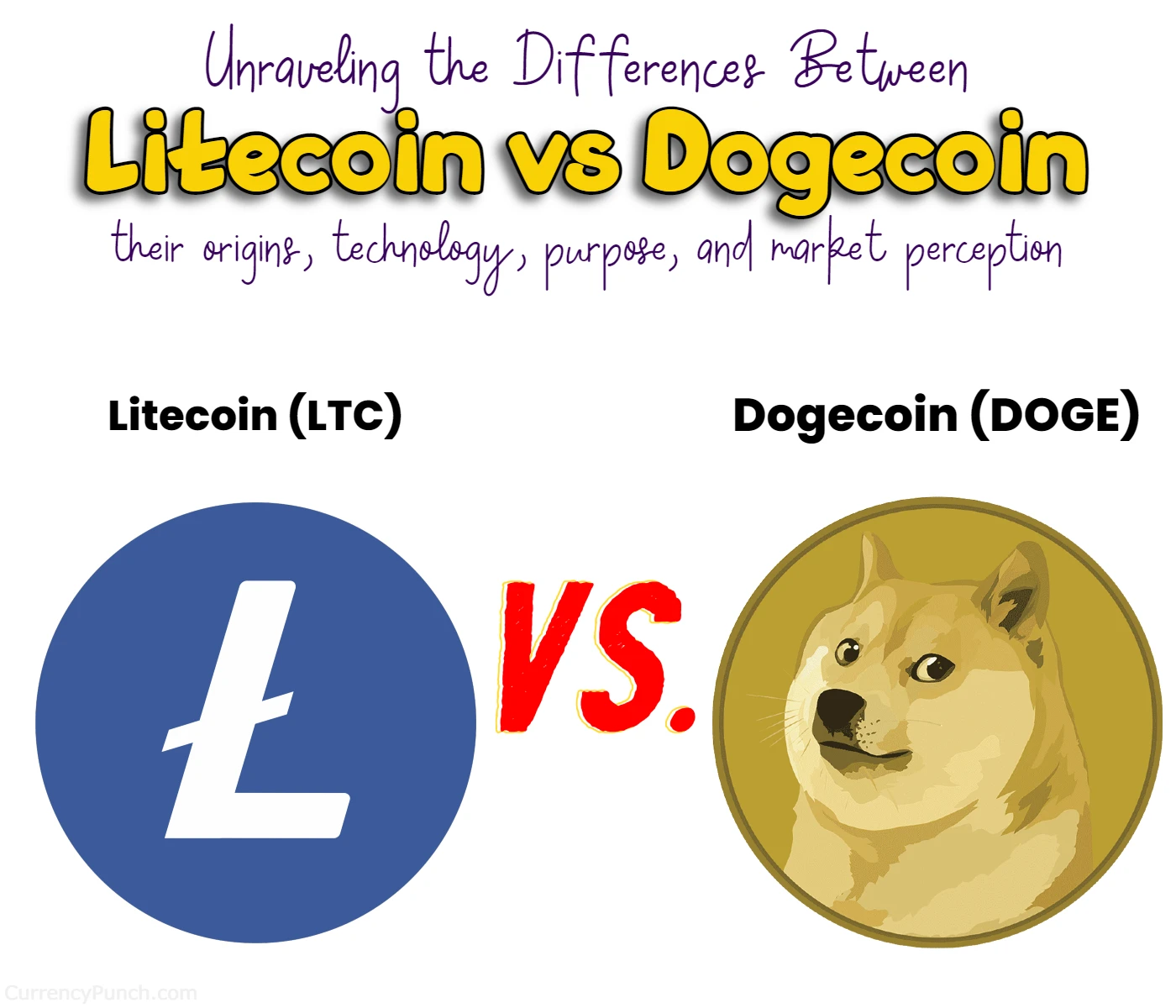Differences between Kusama and Polkadot
What is the difference between Polkadot (DOT) and Kusama (KSM)?

Are you ready to explore the intriguing world of blockchain and decentralized technologies? In this blog, we’ll embark on an exciting journey of discovery as we compare and contrast two remarkable platforms: Polkadot (DOT) and Kusama (KSM). These networks have gained significant attention in the crypto space for their unique features and capabilities. So, let’s dive in and unravel the differences between Polkadot and Kusama, shedding light on their strengths, use cases, and everything you need to know to make an informed choice.
Polkadot (DOT) and Kusama (KSM) are both cutting-edge blockchain platforms that share common origins but serve different purposes. While Polkadot focuses on stability and production-ready use cases, Kusama embraces experimentation and rapid innovation. These platforms are designed to enable interoperability between multiple blockchains, but they have distinct governance models, token economics, and approaches to scalability.
Whether you’re a developer looking for a secure and scalable environment or an enthusiast eager to witness groundbreaking experiments, understanding the differences between Polkadot and Kusama is essential. So, keep reading to discover the unique features, use cases, and characteristics of these platforms. By the end of this blog, you’ll have a solid grasp of Polkadot and Kusama, empowering you to make informed decisions and dive into the world of blockchain with confidence. Are you ready? Let’s get started!
Here’s a quick chart summarizing the key differences between Kusama (KSM) and Polkadot (DOT):
| Polkadot (DOT) | Kusama (KSM) | |
|---|---|---|
| Focus | Stability and production-ready use cases | Experimentation and rapid innovation |
| Purpose | Interoperability between multiple blockchains | Sandbox environment for testing and experimenting with new features before deployment on Polkadot |
| Governance | Formal and structured governance process with longer upgrade cycles | Agile and expedited governance process for quicker decision-making and implementation |
| Security | Emphasizes high security and undergoes extensive testing and audits | Shares security with Polkadot but encourages risk-taking and experimentation |
| Token | DOT is the native token used for governance, staking, and bonding | KSM is the native token used for governance, staking, and bonding |
| Parachains | Limited parachain slots allocated through competitive auctions | Parathreads offer temporary slots on a pay-as-you-go basis |
| Ecosystem | Stable and attracts established projects, enterprises, and developers | Experimental and attracts risk-takers and early adopters |
Introductions
Introduction to Polkadot (DOT)
To begin, let’s acquaint ourselves with Polkadot. Launched in 2020, Polkadot is an open-source blockchain platform designed to facilitate interoperability between multiple blockchains. Created by Dr. Gavin Wood, one of the co-founders of Ethereum, Polkadot aims to address the issue of blockchain fragmentation by enabling different networks to communicate and share information securely and efficiently.
Key Features of Polkadot
Polkadot introduces several key features that set it apart from other blockchain platforms:
- Scalability and Sharding: Polkadot employs a sharding mechanism to enhance scalability. It divides the network into multiple shards, known as “parachains,” each capable of processing transactions independently. This design allows Polkadot to handle a high volume of transactions in parallel, making it a scalable solution.
- Interoperability: One of Polkadot’s primary objectives is to establish interoperability between different blockchains. It achieves this through its “relay chain,” which acts as a central hub connecting various parachains. This allows different chains to communicate and share information seamlessly, enabling the transfer of assets and data across networks.
- Shared Security: Polkadot utilizes a unique shared security model, whereby all parachains within the network benefit from the collective security of the entire ecosystem. By pooling security resources, Polkadot ensures that even smaller chains can enjoy robust protection against attacks.
- Governance and Upgradability: Polkadot implements an on-chain governance mechanism that allows token holders to participate in decision-making processes. This democratic approach empowers the community to propose and vote on protocol upgrades, ensuring the platform remains adaptable and future-proof.
Introduction to Kusama (KSM)
Now that we have a grasp of Polkadot, let’s turn our attention to Kusama. Considered as Polkadot’s “canary network” or “wild cousin,” Kusama was also developed by the team behind Polkadot, led by Dr. Gavin Wood. Launched in 2019, Kusama serves as a sandbox environment for testing and experimenting with new features and protocols before they are deployed on the Polkadot network.
Key Features of Kusama
Kusama shares several core features with Polkadot but also introduces some distinctive elements of its own:
- Fast-paced Innovation: Kusama is designed to be a highly experimental network that encourages developers and innovators to push the boundaries of blockchain technology. It provides a platform for testing bleeding-edge features and concepts that may not yet be ready for deployment on the more stable Polkadot network.
- Faster Governance and Upgrades: Unlike Polkadot, where protocol upgrades undergo a rigorous approval process, Kusama adopts a more expedited approach to governance. This allows for quicker decision-making and faster implementation of upgrades, making it an ideal environment for rapid innovation.
- Lower Barrier to Entry: Kusama provides a more accessible entry point for projects and developers compared to Polkadot. The cost of deploying a parachain on Kusama is generally lower, making it a viable option for teams looking to test their ideas and gain real-world experience before transitioning to Polkadot.
- Community and Risk-Tolerant Environment: Kusama attracts a community of builders, enthusiasts, and risk-takers who embrace the platform’s experimental nature. Participants on Kusama understand and accept the higher degree of risk associated with testing and deploying cutting-edge technologies, making it an exciting and dynamic ecosystem.
Comparing Polkadot and Kusama
Now that we have a basic understanding of both Polkadot and Kusama, let’s delve deeper into their similarities and differences across various aspects:
Governance and Upgrades
Both Polkadot and Kusama embrace decentralized governance models, allowing token holders to participate in decision-making processes. However, there are differences in the speed and approach to governance between the two networks.
Polkadot follows a more structured and formal governance process, requiring extensive community discussion and referenda before implementing upgrades. This process ensures a thorough evaluation of proposed changes, prioritizing stability and security. As a result, the upgrade process on Polkadot might take longer.
On the other hand, Kusama adopts a more agile and expedited approach to governance. It encourages faster decision-making and implementation of upgrades, making it a suitable environment for rapid experimentation. Kusama’s governance process is designed to facilitate innovation, even if it involves taking higher risks.
Security and Reliability
Both Polkadot and Kusama leverage shared security, benefiting from the robustness of the underlying network. However, there is a difference in the level of security between the two platforms.
Polkadot prioritizes a high level of security and stability, as it serves as a production-ready network for mission-critical applications. It undergoes rigorous audits, testing, and a longer stabilization period for upgrades. This cautious approach ensures that only thoroughly vetted and tested features are deployed on Polkadot.
Kusama, being an experimental network, adopts a more risk-tolerant stance. While it benefits from shared security, the network encourages developers to test new and potentially disruptive features that may carry higher risks. Participants in the Kusama ecosystem understand the experimental nature of the network and are willing to accept a certain level of uncertainty.
Token Economics and Use Cases
Polkadot (DOT) and Kusama (KSM) have separate native tokens with distinct use cases within their respective networks.
DOT is the native token of Polkadot and serves multiple functions. It is used for governance, allowing token holders to vote on proposals and participate in the decision-making process. Additionally, DOT is staked to secure the network and participate in the nomination and election of validators. DOT holders can also bond their tokens to support parachains during the auction process.
KSM is the native token of Kusama and functions similarly to DOT. It is used for governance participation, staking, and participating in the Kusama network’s consensus mechanism. KSM holders can also bond their tokens to support Kusama parachains during the auction process.
Both DOT and KSM tokens have the potential for price appreciation based on market demand and the success of their respective networks. However, it’s important to note that while they have similarities, they are distinct tokens with different use cases and purposes.
Parachains and Parathreads
Both Polkadot and Kusama utilize the concept of parachains and parathreads to enable scalability and interoperability. However, there are differences in how these components are allocated and utilized on each network.
Polkadot has a limited number of parachain slots available, and the allocation process follows a competitive auction model. Projects interested in securing a parachain slot need to participate in the auction and bond DOT tokens for the desired duration. This allocation mechanism ensures fair access to
parachain slots and encourages projects to demonstrate long-term commitment.
Kusama, on the other hand, has a more dynamic approach to parachains called “parathreads.” Parathreads function similarly to parachains but do not require a long-term lease or the same level of upfront commitment. Instead, they operate on a pay-as-you-go basis, allowing projects to secure temporary slots and access the Kusama network without participating in the competitive auction process. This flexibility makes Kusama an attractive platform for projects that want to test their ideas or launch shorter-term initiatives.
Ecosystem and Development
Both Polkadot and Kusama foster vibrant ecosystems and provide opportunities for developers and projects to build and innovate. However, there are differences in the focus and maturity of their respective ecosystems.
Polkadot has positioned itself as a more stable and production-ready network. It appeals to projects and developers looking for a secure and scalable platform to deploy their applications. As a result, the Polkadot ecosystem has seen significant growth, attracting established projects, enterprises, and developers focused on building robust decentralized applications (dApps) and services.
Kusama, with its experimental nature, attracts a community of early adopters, risk-takers, and developers seeking a more dynamic and fast-paced environment. The Kusama ecosystem is characterized by its openness to experimentation and its focus on pushing the boundaries of blockchain technology. It provides a platform for testing new ideas, protocols, and features before they are deployed on Polkadot.
Relationship Between Polkadot and Kusama
It’s important to note that Polkadot and Kusama are not competing networks; rather, they are complementary to each other. Kusama serves as a proving ground for new features, upgrades, and ideas before they are implemented on Polkadot. It acts as a valuable testing environment, allowing developers to gain real-world experience and gather feedback before deploying on the more stable Polkadot network.
The relationship between Polkadot and Kusama can be likened to that of a parent and a child network. Kusama inherits many of Polkadot’s features and technologies but provides a more agile and experimental playground. Successful experiments and innovations on Kusama can be later integrated into Polkadot, ensuring a robust and well-tested ecosystem.
Conclusion
In conclusion, Polkadot (DOT) and Kusama (KSM) are both exciting blockchain platforms designed to enable interoperability, scalability, and innovation. Polkadot emphasizes stability, security, and long-term production-ready use cases, while Kusama embraces experimentation, agility, and faster iterations.
While Polkadot provides a solid foundation for deploying mission-critical applications, Kusama serves as an invaluable testing ground for new ideas and features. Both networks offer unique opportunities for developers, projects, and communities to contribute to the advancement of decentralized technologies.
Whether you’re interested in building secure and scalable applications or exploring bleeding-edge concepts, Polkadot and Kusama provide platforms that cater to different needs and risk appetites. So, dive into the world of Polkadot and Kusama, and embrace the limitless possibilities they offer in shaping the future of decentralized systems.
FAQs
The main difference lies in their focus and purpose. Polkadot is designed for stability and production-ready use cases, offering a secure and scalable platform for deploying mission-critical applications. Kusama, on the other hand, is an experimental network that encourages rapid innovation and experimentation. It serves as a sandbox environment for testing new features and protocols before they are implemented on Polkadot.
Polkadot follows a structured and formal governance process, involving extensive community discussions and referenda before implementing upgrades. This ensures thorough evaluation and prioritizes stability. In contrast, Kusama adopts an agile governance approach, allowing for faster decision-making and implementation of upgrades. The aim is to facilitate innovation and quicker iterations on the network.
Polkadot has its native token called DOT, which is used for governance participation, staking, and bonding to secure the network. DOT holders can also bond their tokens to support parachains during the auction process. Kusama has its native token called KSM, which serves similar functions to DOT. KSM holders can participate in governance, stake their tokens, and support Kusama parachains during the auction process. While there are similarities, DOT and KSM are distinct tokens with different use cases within their respective networks.
Polkadot attracts established projects, enterprises, and developers focused on building robust decentralized applications (dApps) and services. It is considered a more stable and production-ready network. Kusama, on the other hand, appeals to risk-takers, early adopters, and developers seeking a dynamic and experimental environment. It encourages faster iterations and provides a platform for testing new ideas and concepts. Both ecosystems contribute to the advancement of decentralized technologies but cater to different needs and risk appetites.
No, Polkadot and Kusama are not competing networks. Instead, they complement each other. Kusama serves as a proving ground for new features, upgrades, and ideas before they are implemented on Polkadot. Successful experiments on Kusama can be later integrated into Polkadot, ensuring a robust and well-tested ecosystem. The relationship between Polkadot and Kusama is more like that of a parent and a child network, with Kusama providing a platform for innovation and experimentation.
Read More:



